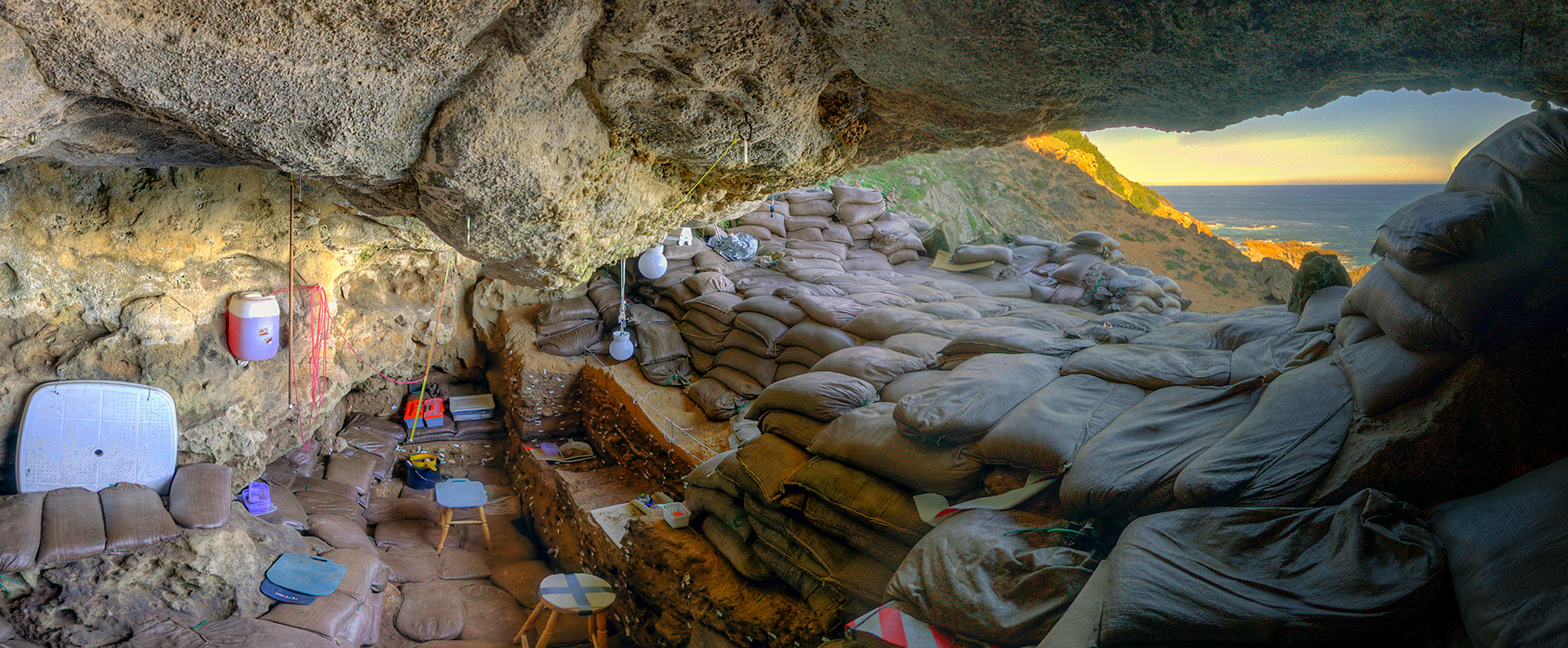
Still vibrant after 1,700 years, a child’s striped left sock is providing evidence of just how subtly dyers plied their craft in Roman-era Egypt. Unearthed in 1913 in a trash heap at the site of Antinopolis, a city founded by the emperor Hadrian, the woolen sock is one of four ancient Egyptian textiles recently studied by a team led by British Museum chemist Joanne Dyer. She and her colleagues examined the artifacts, which also included fragments of decorated wool tapestries, with an array of imaging techniques that exposed the textiles to different wavelengths of light. These techniques have previously been used to analyze painted surfaces. The different light sources allowed the team to determine the chemistry of the dyes used to color the textiles without having to remove samples that might damage the artifacts. They found that just three natural colorants—indigo, the herb madder, and the weld plant—created the sock’s exuberant stripes. “What’s surprising is that while the textiles are highly colored and very varied, the ancient Egyptians used only a few natural dyes to create this extensive palette,” says Dyer. Despite scant resources, a skillful dyer was able to make a stripy sock that wouldn’t look out of place on a playground today.











